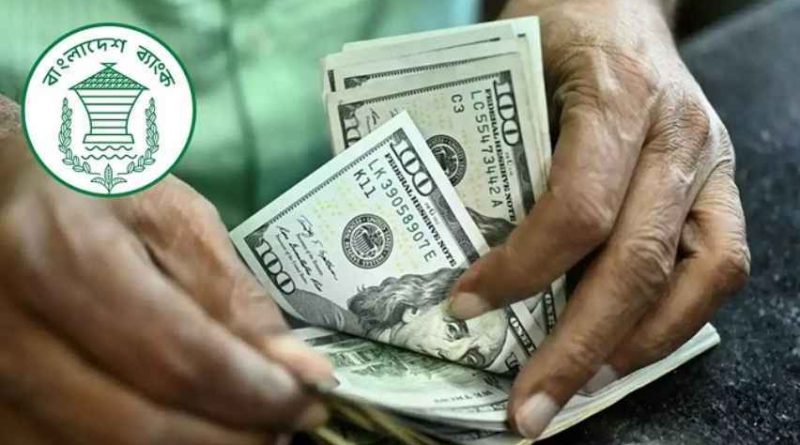Bangladesh’s trade deficit widened further in August even as stronger remittance inflows and a rebound in foreign investment lifted the overall balance of payments into positive territory, according to the latest data from Bangladesh Bank.
The central bank’s balance of payments report shows that the trade deficit expanded to $2.96 billion in July–August, up from $2.75 billion a year earlier, as import payments grew faster than exports. The deterioration in trade was offset by resilient remittances and higher foreign direct investment, helping the country maintain a current account surplus.
During the first two months of FY26, exports rose 10.7 percent year-on-year to $7.93 billion, while imports increased 9.8 percent to $10.89 billion. Economists said the continued rise in import payments—driven by raw materials, intermediate goods, and energy—kept the trade gap wide despite healthy export growth.
The current account surplus rose to $483 million, up sharply from $191 million in the same period of FY25, reflecting the strong role of remittances and secondary income. Bangladesh received $4.9 billion in remittances during July–August, an 18.4 percent year-on-year increase, providing crucial foreign exchange support at a time of tight global liquidity.
However, the services account worsened, posting a deficit of $889 million compared with $617 million a year earlier, largely due to higher shipping and logistics costs. The primary income deficit—covering interest and profit repatriation—remained almost unchanged at $661 million.
The financial account, though still negative, showed improvement, narrowing to a net outflow of $528 million from $1.17 billion a year earlier. Within this, foreign direct investment surged to $209 million, nearly triple last year’s figure, while medium- and long-term loan inflows rose 91 percent to $741 million, indicating recovering investor confidence.
At the same time, external debt repayments increased, with amortisation payments reaching $581 million, up 27 percent year-on-year. Economists cautioned that while fresh inflows are helping, growing repayment obligations could strain the balance in the coming quarters.
Overall, the balance of payments turned positive at $53 million, reversing a deficit of $1.43 billion in the same period of FY25. Gross reserves stood at $31.17 billion, a 22 percent increase from a year earlier. On the IMF’s BPM6 basis, reserves now cover 4.9 months of imports, up from 4.4 months last year.
Economists said the picture shows a cautiously improving external position supported by remittances, but underlined that the widening trade deficit and services gap remain key risks.
“Bangladesh’s current account has stabilised for now, but the structure of the balance—large trade deficit financed by remittance and loans—is still fragile,” said a senior economist familiar with the data. “The sustainability of this improvement will depend on export diversification and prudent external debt management.”
The latest figures build on July’s trend, when Bangladesh recorded a $245 million current account surplus on the back of a 30 percent surge in remittances. Taken together, the July–August data suggest the external sector entered FY26 with stronger inflows but lingering vulnerabilities.






